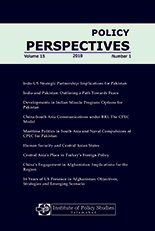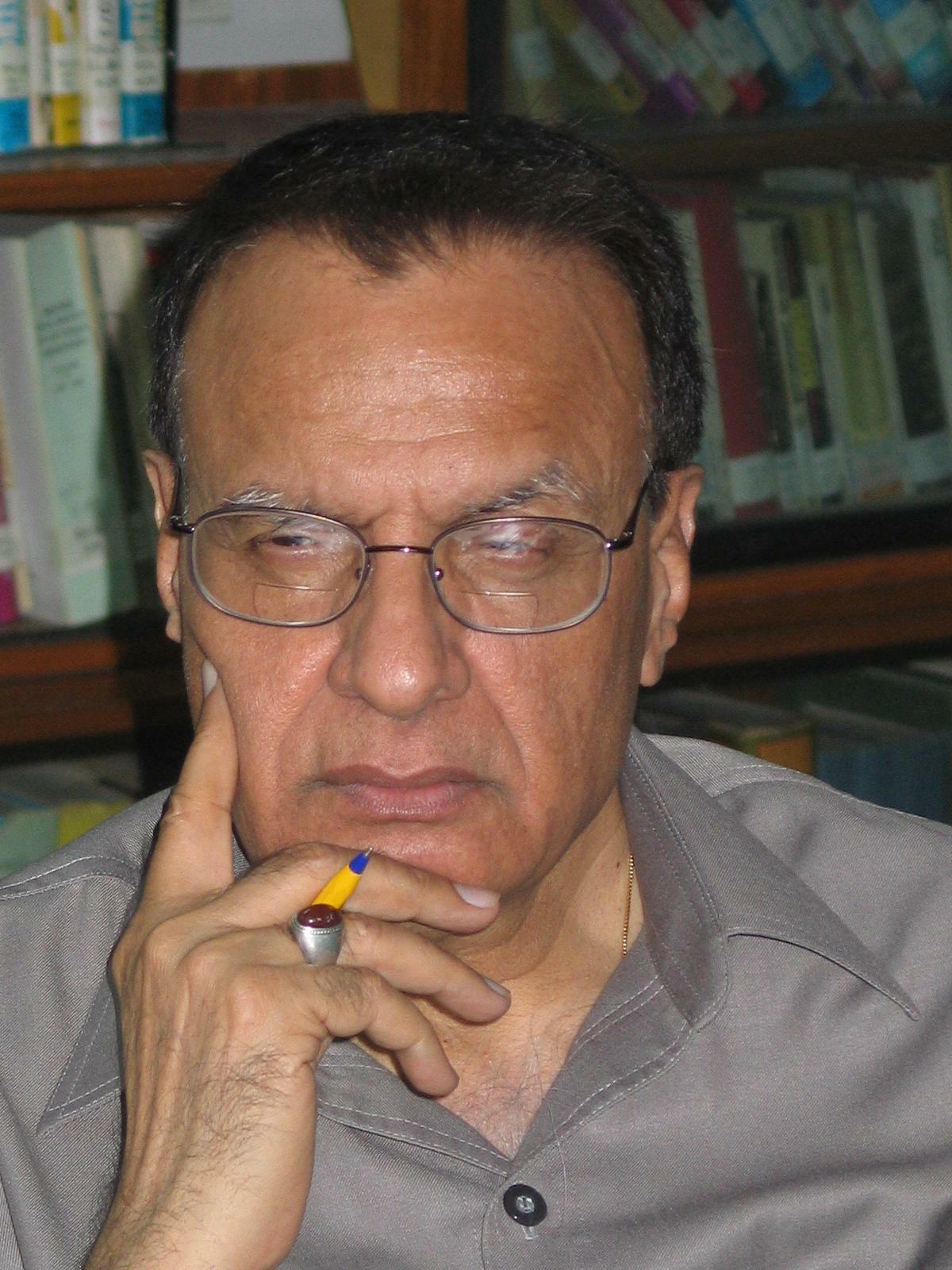پاکستان ۲۰۳۰ کے لیے اقوامِ متحدہ کے دئیے گئے پائیدار ترقی کے اہداف کے حصول میں بہت پیچھے ہے
۹ مارچ ۲۰۲۰ کو رینیوایبل اینرجی میگزین میں چھپنے والا یہ انگریزی مضمون انسٹیٹیوٹ آف پالیسی اسٹڈیز کی تحقیق کار نائلہ صالح کی تحریر ہے۔

۹ مارچ ۲۰۲۰ کو رینیوایبل اینرجی میگزین میں چھپنے والا یہ انگریزی مضمون انسٹیٹیوٹ آف پالیسی اسٹڈیز کی تحقیق کار نائلہ صالح کی تحریر ہے۔
Pakistan Falling Short of Meeting the Targets Set in the United Nations Sustainable Development Goals (SDG) for 2030
Energy lies at the heart of both the 2030 Agenda for Sustainable Development and the Paris Agreement on Climate Change. SDG 7 is aimed at “ensuring universal access to affordable, reliable and modern energy services; increasing substantially the share of renewable energy in the global energy mix; and doubling the global rate of improvement in energy efficiency’. The goal was also prioritized in national SDGs framework of Pakistan and put in the priority list.
Is Pakistan on track to achieve the SDG goal 7? Looking at the bigger picture, massive projects of around 12,230 MW cumulative capacity were incorporated during 2013-18 under the mega project ‘China Pakistan Economic Corridor’. The added capacity in the supply network also substantially narrowed down the decades-old power deficit—some of the worst power outages globally. Subsequently, a notable achievement for the country was reaching 100% urban electrification in the year 2017.
Further, around 28,630 villages were electrified during the same period. Despite this progres, 50 million people today still live without electricity. In parallel, though the added capacity and improvements in electricity access helped ease the bottlenecks at generation nevertheless the constraints in transmission and distribution networks forced under utilization of available generation capacities—curtailment of power supplied by conventional fuel and renewable power plants. In addition, the increasing energy prices—a bi-product of external and internal factors such as reliance on imported fuels and aggressive capacity additions during 2013-18—has overburdened end-users.Given the national income per capita of $1,497 and the global average of over 3,000 KWh consumed per individual each year, on average around 20% of Pakistani individual’s income is spent on electricity consumption,
Advancing electrification is futile if those it serves to connect to the grid can’t afford the tariff. Finally, despite the rapidly expanding generation capacity, little progress has been made in moving beyond dependency on fossil fuel. The power mix is certainly changing—with oil-based power generation planned to be phased out over the next few years—but against its decline, share of imported gas and coal are continuously on the rise. So though the energy mix is evolving, yet it remains skewed toward fossil fuels with negligible emphasis on VRE uptake.
To summarize the ongoing trajectory, the energy sector still suffers from extant access gaps, unreliable power supply, misconstrued power mix and rising cost of energy—collectively posing significant barriers for revival of the collapsing sector. Strong urban-rural chasm exists in electrification progression.Rural electrification remains an area of particular concern for the country where it stands merely at 55% also registering acontinuous negative growth since 1998 resulting from population growth outpacing the incremental growth in electricity access. Above all, the asynchrony on several indices of SDG 7—universal, affordable, clean and efficient energy—is further perplexing. The abrupt additions in generation capacity in recent years have spiraled up capacity payments of electrification making serious affordability challenges—once again reflecting shortsightedness of relevant public authorities. Further, the new capacity additions are not only largely devoid of SDG 7.2 (increasing the share of renewable energy in the global energy mix by 2030) rather heavily reliant on coal—in sharp contrast to the stated goal.So not only the import dependency has deepened with these additions but also the country has largely missed on its win-win prospect of harnessing the synergies between sustainable energy development and climate protection.
Pakistan must step up efforts for harnessing the cross sectoral interlinkages and synergies toward an equitable and just energy transition. Fixation on merely improving electrification reliability—which so far remained the mainstream discourse of the outgoing government—would not aid in getting traction of the goal. The country is already on the brink of suffering devastating and irreversible changes,falling among the most vulnerable geographic region to climate change.There remains a need for dramatic advancement in harnessing clean energy sources as continual reliance on fossil fuels and the coal-based editions for energy sector growthis not only putting millions of individuals’ quality of life in jeopardy but also creating import dependency and affordability challenges. In relation to rural electrification, there may be a special advantage for“leapfrogging” i.e. “jumping over” the stages through which other countries have passed and climbing the “energy ladder” by moving directly to clean technologies for electrification. Centralized solutions alone would not provide results and achieving the goal will require placing a larger chunk of resources into off-grid and mini-grid solutions—enabling efficient access in hard to reach and limited access geographical zones. In seeking to ensure guaranteed access to affordable, reliable, sustainable and modern energy for all, Pakistan’s needs to embrace a more sustainable framework – a cliché that is quite fitting. We either embark on a fast energy revolution and make more even growth simultaneously toward several indices of SDG 7 or we continue business-as-usual and forget about fulfilling the goal.




جواب دیں